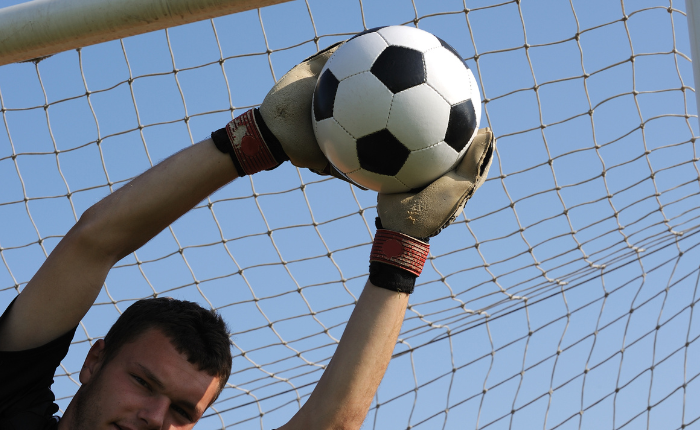In the realm of goalkeeping, shot stopping stands as a cornerstone skill amidst a myriad of vital attributes. From distribution and communication to fitness, athleticism, bravery, concentration, and mental strength, goalkeepers are tasked with mastering a diverse array of skills. Yet, it is shot stopping that often serves as the ultimate litmus test for goalkeepers, as it directly impacts score lines and can elevate a goalkeeper to the status of match-day hero.
The Significance of Shot Stopping
While the relentless demands placed upon goalkeepers encompass various facets of the game, shot stopping remains a pivotal aspect that garners constant scrutiny. Amidst the ebb and flow of a match, the goalkeeper’s ability to make crucial saves can tilt the scales of victory in their team’s favor. However, beyond the spotlight of match-day heroics lies the unheralded toil and meticulous preparation that underpin a goalkeeper’s shot-stopping prowess.
Knowing When to Catch, Parry, or Use Your Feet
In the pursuit of maximizing the likelihood of producing a save, goalkeepers must possess the acumen to discern when to catch, parry, or utilize their feet. Each decision is guided by a nuanced understanding of the situation at hand and the optimal course of action to mitigate the threat posed by an incoming shot.
When to Catch Shots
Catching serves as the primary choice for goalkeepers when the ball is within arm’s reach or traveling at a manageable pace. Opting to catch instead of deflecting can alleviate pressure on the team and harness the goalkeeper’s unique advantage of handling the ball.
When to Parry Shots
Parrying emerges as a secondary choice, employed when the catch is not feasible or when deflecting the ball away presents a safer option. Situations such as point-blank range shots, swerving efforts, or shots aimed high or wide often necessitate the use of parrying to divert the ball from danger.
When to Save with Your Feet
While less conventional, utilizing one’s feet for shot stopping can prove invaluable in certain scenarios. Close-range, low-driven shots, instances of obstructed vision, pressure-laden moments, or instances requiring rapid recovery may warrant the use of one’s feet to thwart the threat.
Shot Stopping Beyond the Highlight Reel
While the allure of breathtaking saves may captivate spectators, a goalkeeper’s prowess extends far beyond shot-stopping proficiency alone. A well-rounded goalkeeper embodies a blend of attributes, including bravery, communication, distribution, decision-making, technique, fitness, and strength. By honing these skills in conjunction with shot-stopping abilities, goalkeepers can alleviate pressure on themselves and their teams, thereby elevating their overall performance.
The Holistic Approach to Goalkeeping Excellence
In the multifaceted world of goalkeeping, shot stopping serves as both an art and a science, requiring a blend of instinct, technique, and strategic decision-making. While the ability to make spectacular saves may capture the imagination, true goalkeeping excellence transcends individual moments of brilliance. By mastering shot stopping alongside a comprehensive array of skills, goalkeepers can fortify their position as stalwarts of their team, poised to navigate the highs and lows of the beautiful game with unwavering resolve.


